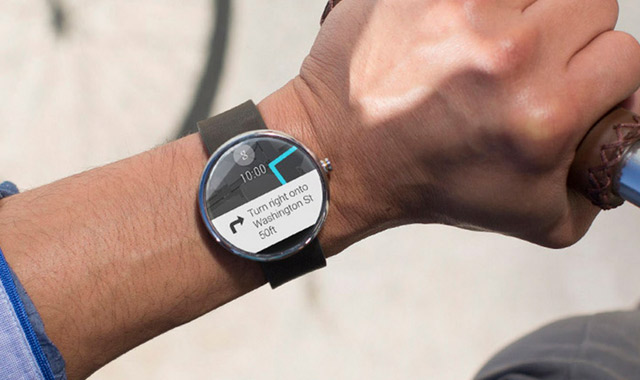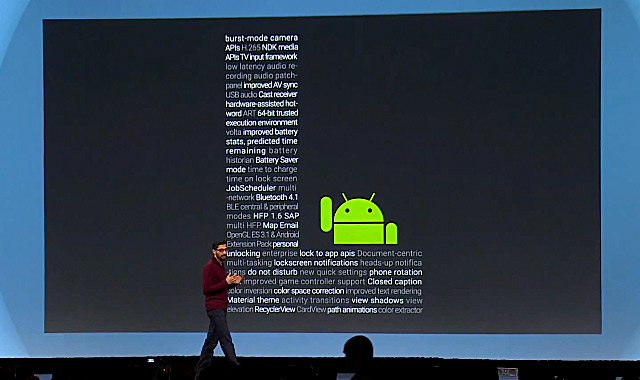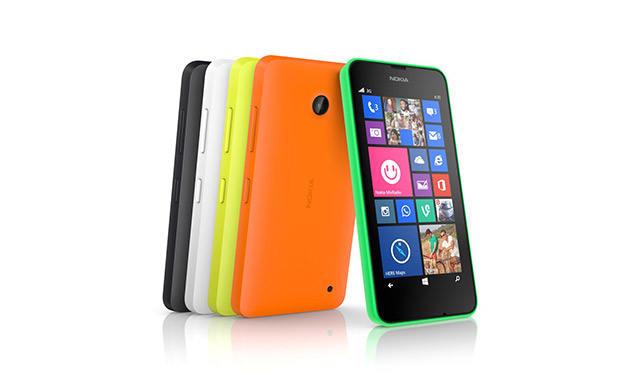
Google has announced some of the most significant changes to Android yet. At its annual developer conference, I/O, which is taking place in San Francisco this week, it has revealed an overhaul to the design of its mobile system and a bunch of new features that take it much more strongly into wearable computing.
The next Android, known simply as Android L for now — rumour has it that the final version will be known as Lollipop – is being built to work with cars, smart watches and smart televisions in mind, turning the once smartphone-only software into a full-fledged platform that spans a range of products.
Most of the new technology that Google announced in a keynote address on Wednesday will be available later this year. Should Apple should be worried? Hell, yes.
Google’s mobile ecosystem has shown impressive growth in the past year. Senior vice-president Sundar Pichai said the company has more than a billion active users, up from 538m just a year ago. Android users now send 20bn texts per day and take 93m selfies, and Android phones get checked 100bn times a day, most likely one of the reasons for Google’s smart watch platform announcement at this week’s event.

And it’s not just phones where Android is running rampant. Pichai said Android tablets account for 62% of the market worldwide, up from 42% last year. And that excludes Amazon’s tablets, which run a version of Android that doesn’t provide access to Google’s Play Services.
Pichai used his address this week to unveil Google’s newest smartphone idea — aimed at developing markets, the Android One is a sub-US$100 reference platform aimed at device manufacturers. The Android One makes use of stock Android and manufacturers can add their own apps using Google Play.
Taken together, this week’s announcements from Google point to a tighter mobile platform from the technology giant.
Material Design, Google’s new design style, also shows a vast improvement to the current look and feel of Android. Application developers will be given a set of visual language guidelines that will allow them to create apps that are consistent across devices, including Google’s new in-car Android platform, called Android Auto, and Google’s new television platform, Android TV.
Comparing Androids with Apples
At its own developer conference earlier this month, Google’s fiercest rival, Apple, introduced developers to iOS 8, the upcoming version of the software that powers the iPad and the iPhone, which now offers tighter integration with Mac OS X, its desktop operating system. It also showcased a new design interface with a new typeface and a cleaner look and feel.
Both companies are cleaning or refining the look of their platforms while offering consumers more functionality across more devices. In essence, both platforms seem to be maturing quickly.

Although rumours were rife prior to Apple’s developer conference that it could launch the much-rumoured iWatch, this didn’t happen. Instead, Google appears to have stolen a march on its rival with Google Wear, which is based on Android L and designed for wearables like smart watches.
Google Wear will also work with Android TV and function as a remote controller. The company already has LG and Samsung on board, with Motorola launching the round-faced — and very good looking — Moto360 later this year. Both the LG G Watch and the Samsung Gear Live will be available for purchase next month.
What should be of most concern to Apple (as well as Microsoft and BlackBerry), though, is Google’s Android One reference design, which could firmly entrench Google in emerging markets and set Android as the de facto standard for mobile computing.
By providing the Android One specification to manufacturers, Google is hoping its platform will be adopted even more widely than it already is and that it will put Android in the hands of late adopters worldwide. It could lock billions of people into Android – and Google services. That means greater advertising reach for the company, which, let’s remember, is still its bread and butter. — (c) 2014 NewsCentral Media




